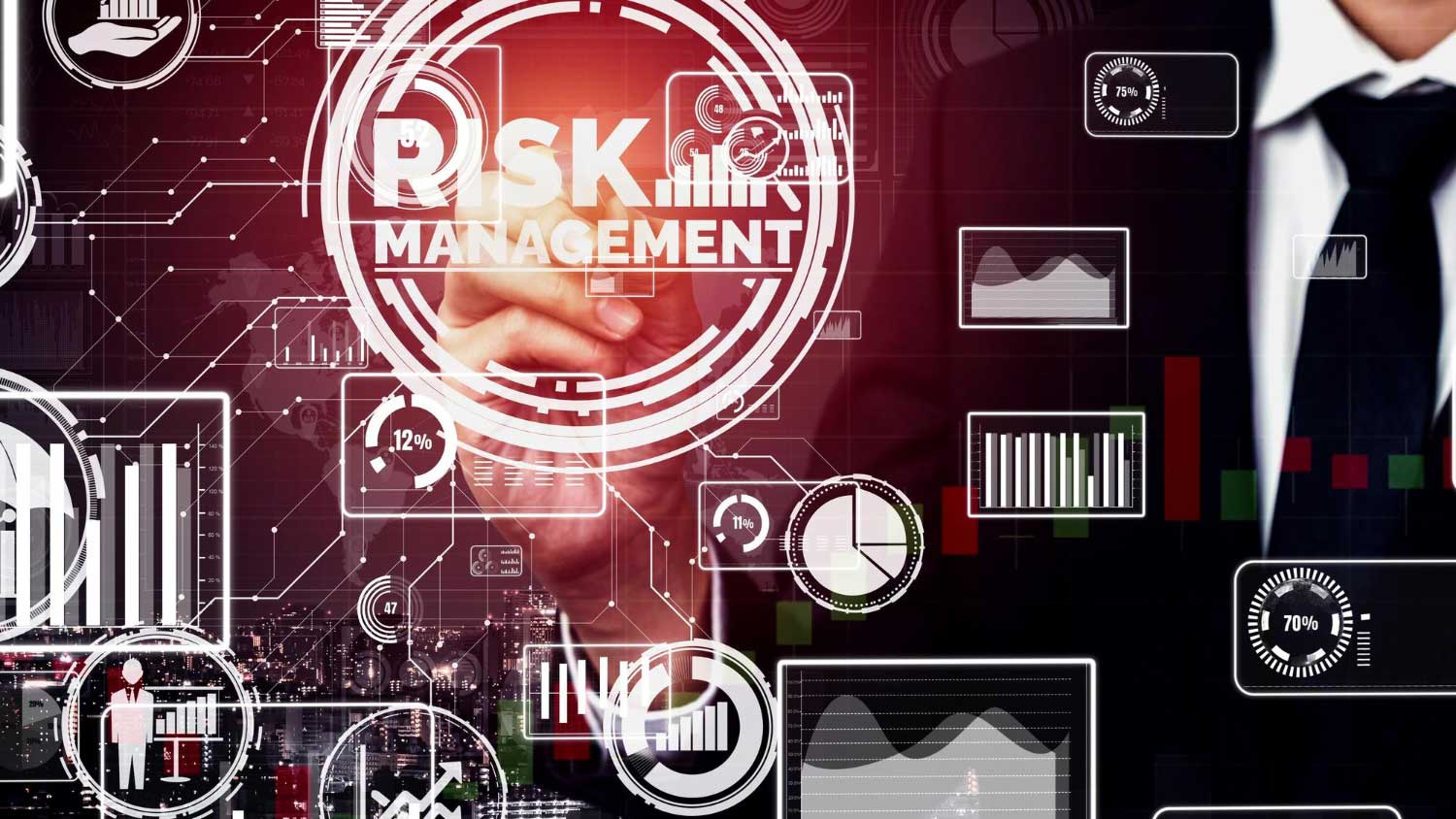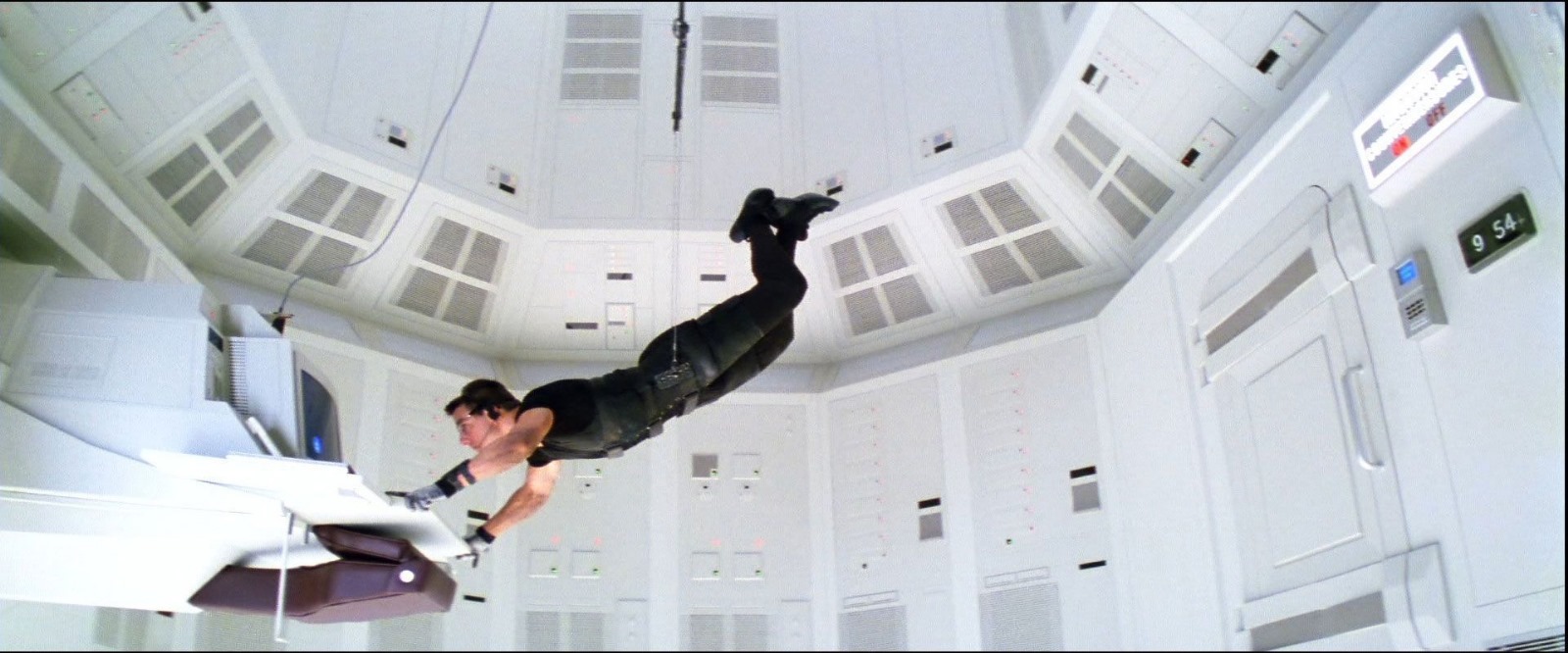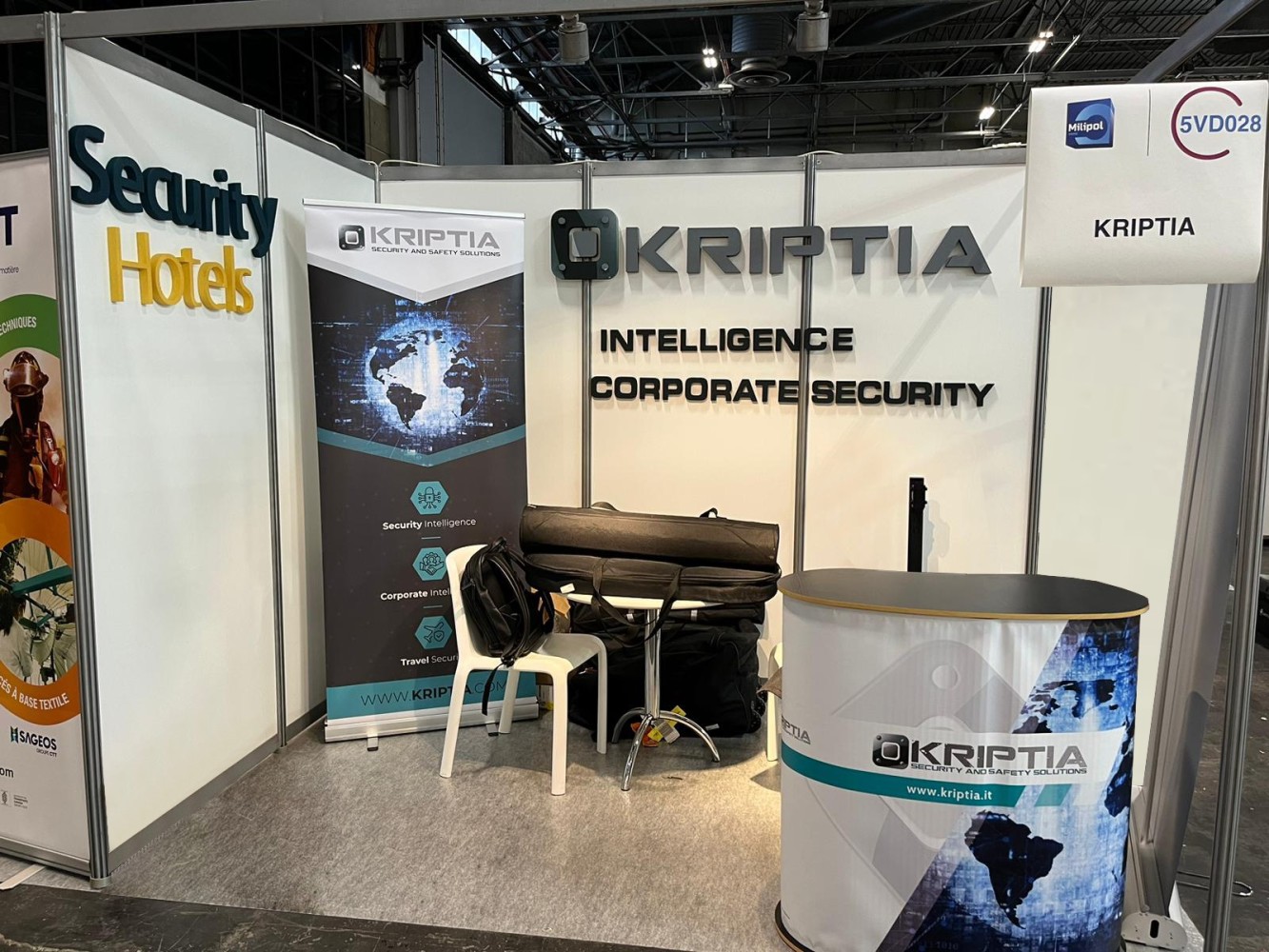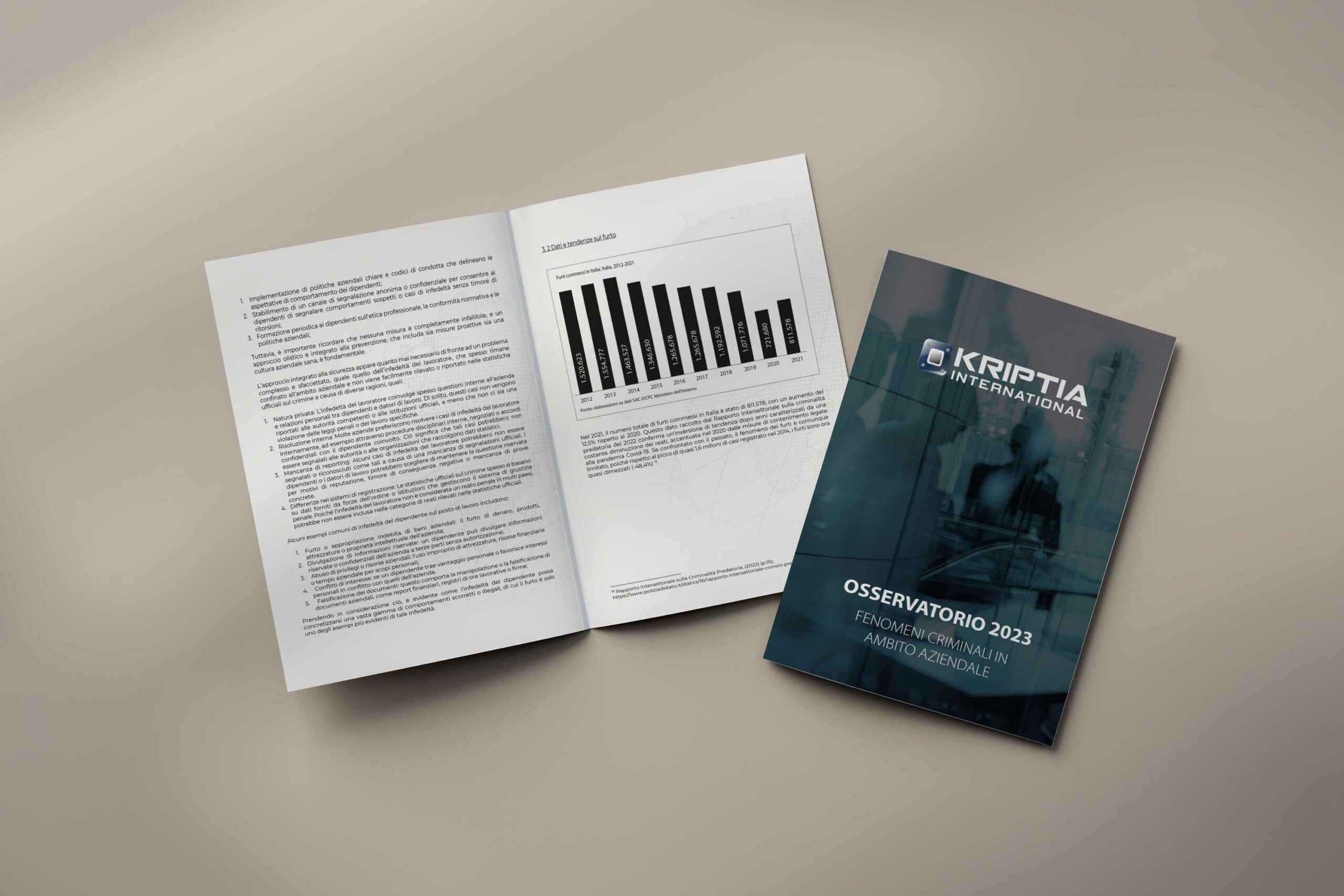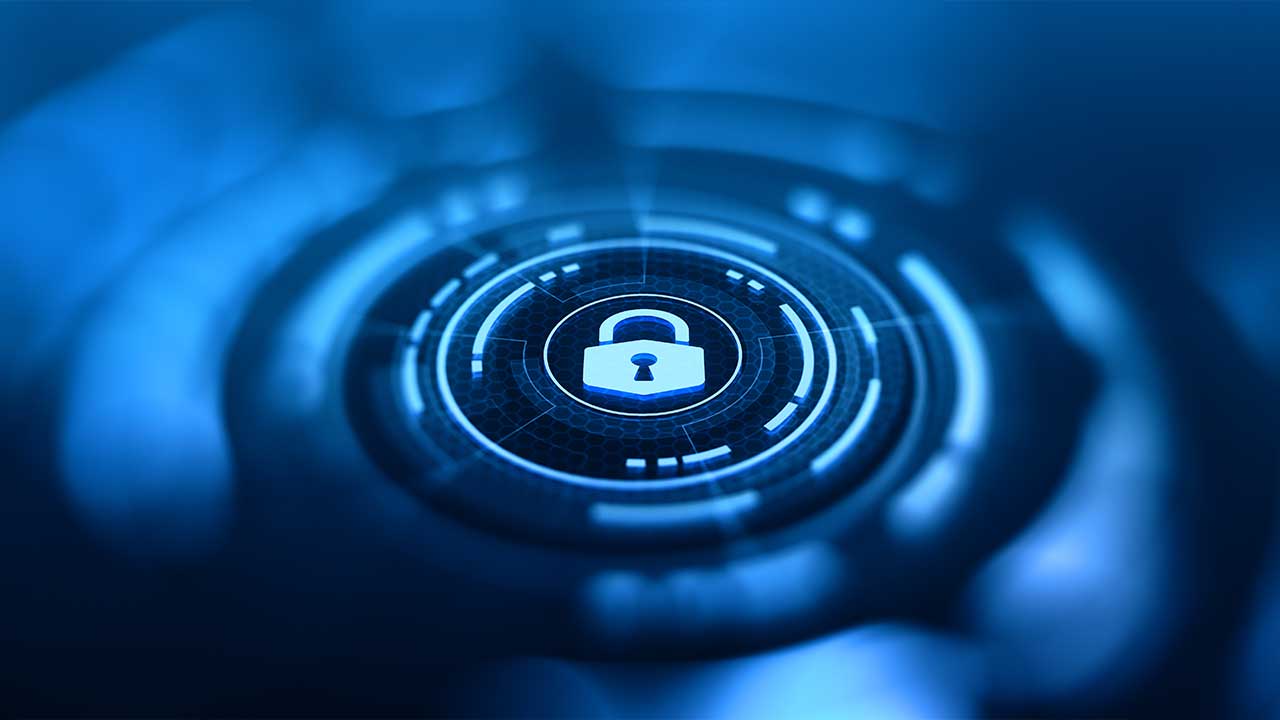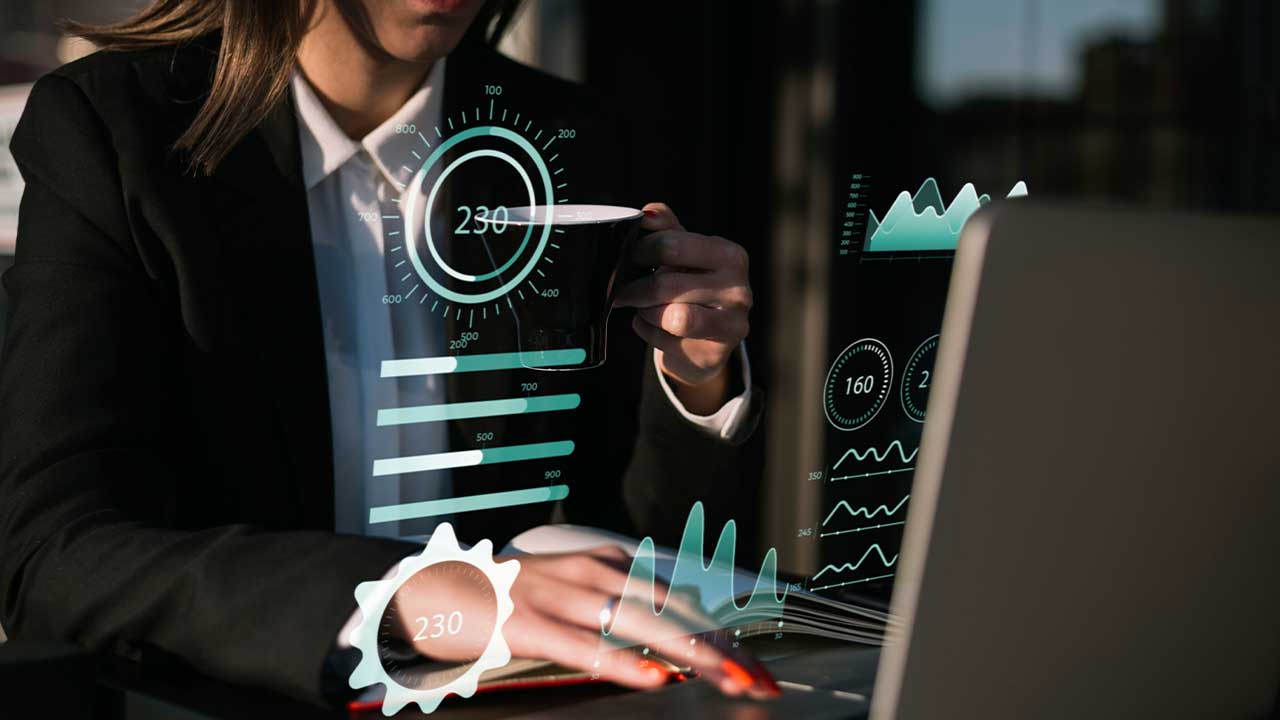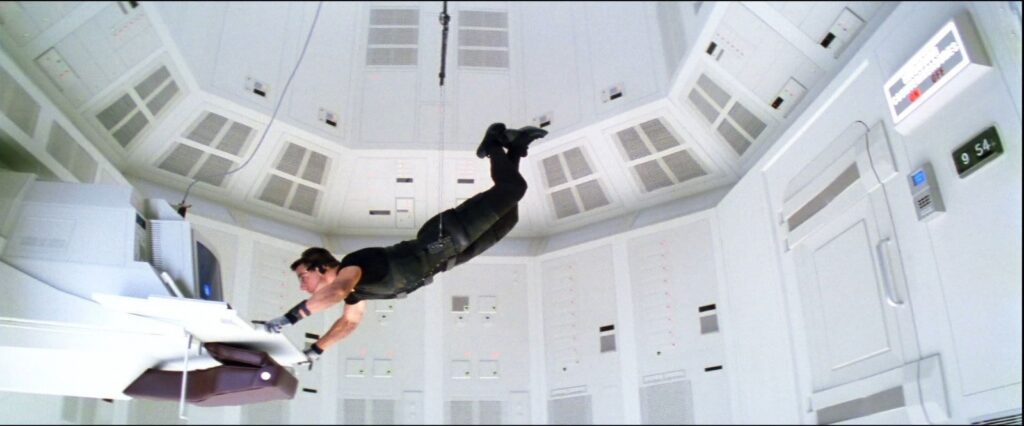Protecting sensitive company assets requires an integrated approach that combines advanced technological measures and effective physical security controls. While external hacker attacks receive widespread media attention, it’s equally true that organizations are often victims of disloyal employees, yet these incidents tend to get less external attention… likely because they can be more embarrassing. In this context, the threat posed by disloyal employees (often even managers) is one of the most insidious and complex to manage.
The intangible assets usually targeted are corporate data and intellectual property (patented chemical formulas, production processes, technical and technological innovations). In the information age, intellectual property and sensitive data are the lifeblood of companies and the key to their market survival. The increasing digitalization of production processes and business operations has opened up new horizons for innovation, but has also amplified vulnerabilities to both external and internal threats.
Protecting these critical resources requires a holistic approach that integrates advanced technologies, staff training, and risk management strategies. To prevent the theft of such information, companies must deploy IT measures to protect data and digital assets, as well as physical access controls.
In the IT realm, advanced end-to-end encryption (E2EE) for all communications and stored data is an essential measure. Encryption ensures that sensitive business data remains protected both in transit and at rest. This is crucial to prevent a Man-in-the-Middle attack, where a malicious actor intercepts and manipulates communications between two parties without their knowledge. A disloyal employee typically uses simpler techniques: USB drives, transferring data to an external cloud… (let’s avoid giving further ideas to ill-intentioned individuals). For this reason, companies should adopt Data Loss Prevention (DLP) software and alerts to actively monitor internal and external data flows, preventing the exfiltration of sensitive information. Strict rules should also be configured to control suspicious file transfers via email, cloud storage, or external devices, especially for employees with privileged access.
It is equally important to implement data access control policies that limit the number of employees authorized to view or modify critical documents, so as to quickly trace the individual responsible for any suspicious transfer. The use of detailed access logs to track every login attempt, revealing any unauthorized or improper use of credentials, and multi-factor authentication (MFA) for accessing any sensitive digital resources, further strengthen security.
Today, the adoption of AI-powered Security Information and Event Management (SIEM) solutions, which monitor suspicious activities in real time, prevents attacks by internal employees, such as attempts to copy data or access restricted resources. These systems allow companies to quickly identify and block such activities. As mentioned earlier, configuring alerts for unusual behavior, such as off-hours access or requests for large amounts of sensitive data, is one of the simplest yet most effective solutions.
However, physical access controls for operational security and internal theft prevention are often overlooked. Some skilled thieves can’t be stopped, but we can at least try (for a refresher, enjoy this memorable scene from Mission Impossible in 1996). Let’s go over a brief checklist.
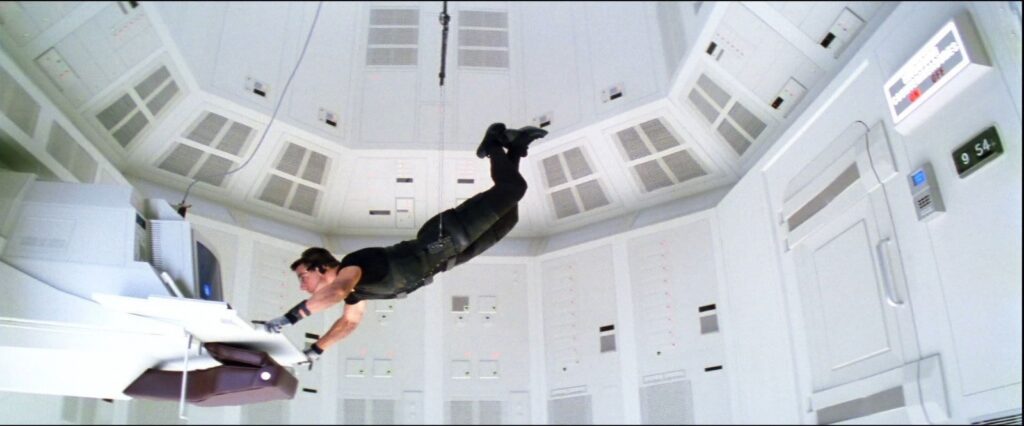
Mission Impossible (1996)
Physical Access Control to Critical Areas
As previously mentioned, critical areas such as server rooms, confidential document archives, R&D labs, or industrial control rooms should be accessible only to strictly authorized personnel, and every access should be tracked and logged. RFID badge systems or biometric systems (fingerprints, facial recognition) can be useful.
Intelligent Video Surveillance Systems
Advanced facial recognition systems allow for monitoring and recording who accesses restricted areas, integrating this data with physical access systems. Installing closed-circuit television (CCTV) cameras in key areas, along with video analysis software that detects suspicious movements or unauthorized access, is essential. Cameras should be strategically placed in entryways, corridors, and rooms containing sensitive information.
Inventory and Monitoring of IT Devices
Physical sensors on critical devices (servers, workstations) to detect tampering attempts are a classic, but nowadays, data rooms are replaced by the cloud, so accessing a server remotely can be sufficient to download data. Therefore, it is necessary to track every corporate device, including laptops, mobile devices, and physical storage media (such as USB drives and hard disks), through a centralized tracking system.
Workstation Control and Security
A disloyal employee with access to a building could exploit unattended workstations to access confidential data without authorization. Implementing policies for automatic workstation locking and monitoring physical terminal usage is essential. This doesn’t solve the problem of colleagues who stick a Post-it with the password on their monitor or under their keyboard, though…
Physical locks are always great for protecting devices and filing cabinets containing sensitive data, especially in shared access areas.
Internal Surveillance and Discreet Investigations
In addition to traditional surveillance, it’s important to implement discreet internal surveillance systems, such as monitoring corporate communications or activities on company devices, and conducting regular physical security audits to assess whether access control and video surveillance measures are effective and up to date against internal threats.
Perimeter Controls and Tamper Detection
Installing physical intrusion detection systems around the perimeter of critical areas, such as motion sensors, barriers, and reinforced doors, helps limit unauthorized access. Using tamper-evident seals for physical devices containing intellectual property, like servers or archives, is a hardware solution that can be quite effective.
Staff Training and Screening
Finally, employee selection and training are crucial for mitigating internal risks. Employees should undergo thorough pre-employment screening, including in-depth background checks — essentially, personnel due diligence. Moreover, fostering a corporate culture that encourages anonymous reporting of suspicious behavior, promoting internal collaboration in the prevention of thefts and breaches, is a valuable source of information, formalized under Legislative Decree No. 24/2023 as Whistleblowing, and easily implemented in compliance with the law through pre-configured platforms.
In conclusion, protecting intellectual property and sensitive corporate data requires a multi-dimensional approach that integrates advanced IT solutions with well-defined physical security measures. In the context of internal threats, especially from disloyal employees, it is essential to implement rigorous physical and digital access controls while constantly monitoring suspicious activities.
With a comprehensive security strategy, including physical surveillance and the use of advanced technologies, companies can effectively defend themselves against both internal and external threats, safeguarding their intellectual capital and critical data. For security strategies, audits, and due diligence, Kriptia can support you by contacting info@kriptia.com.








